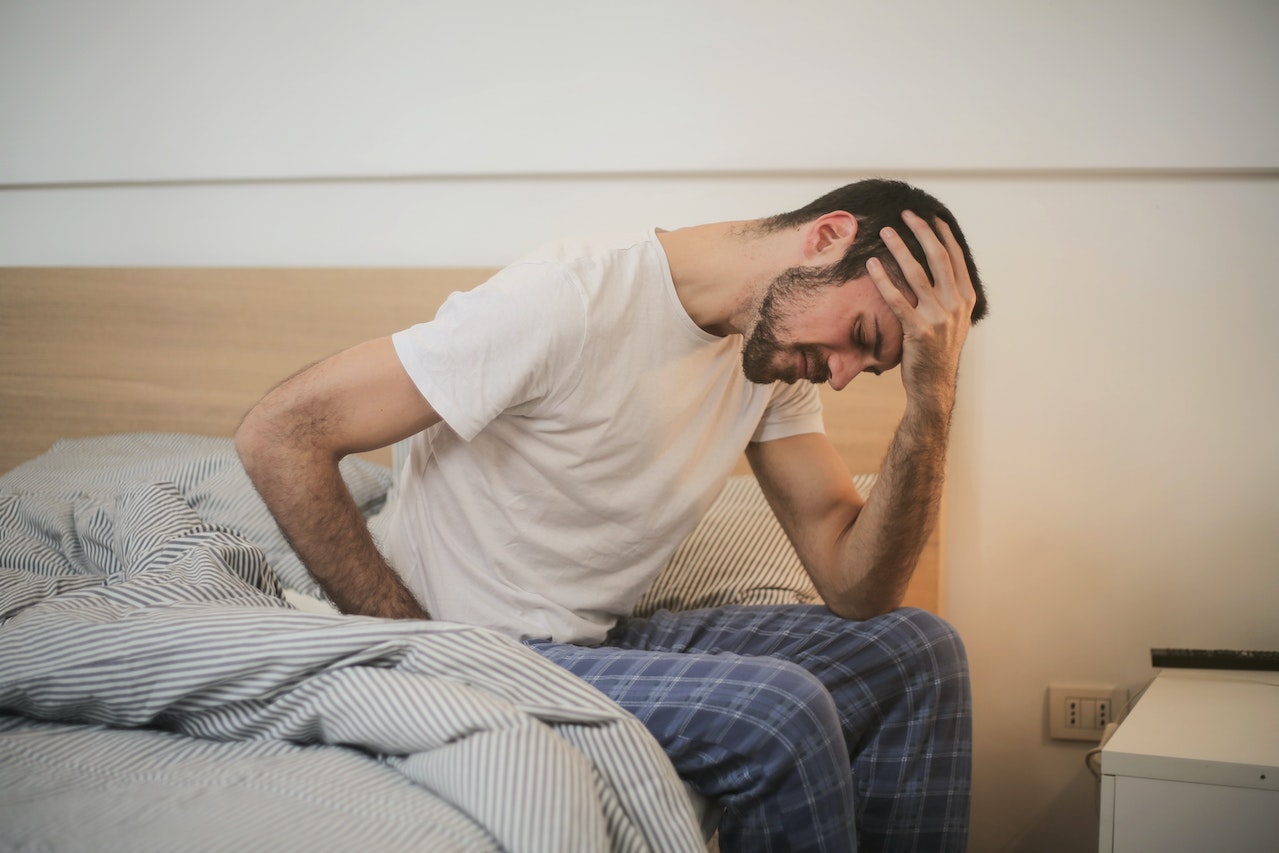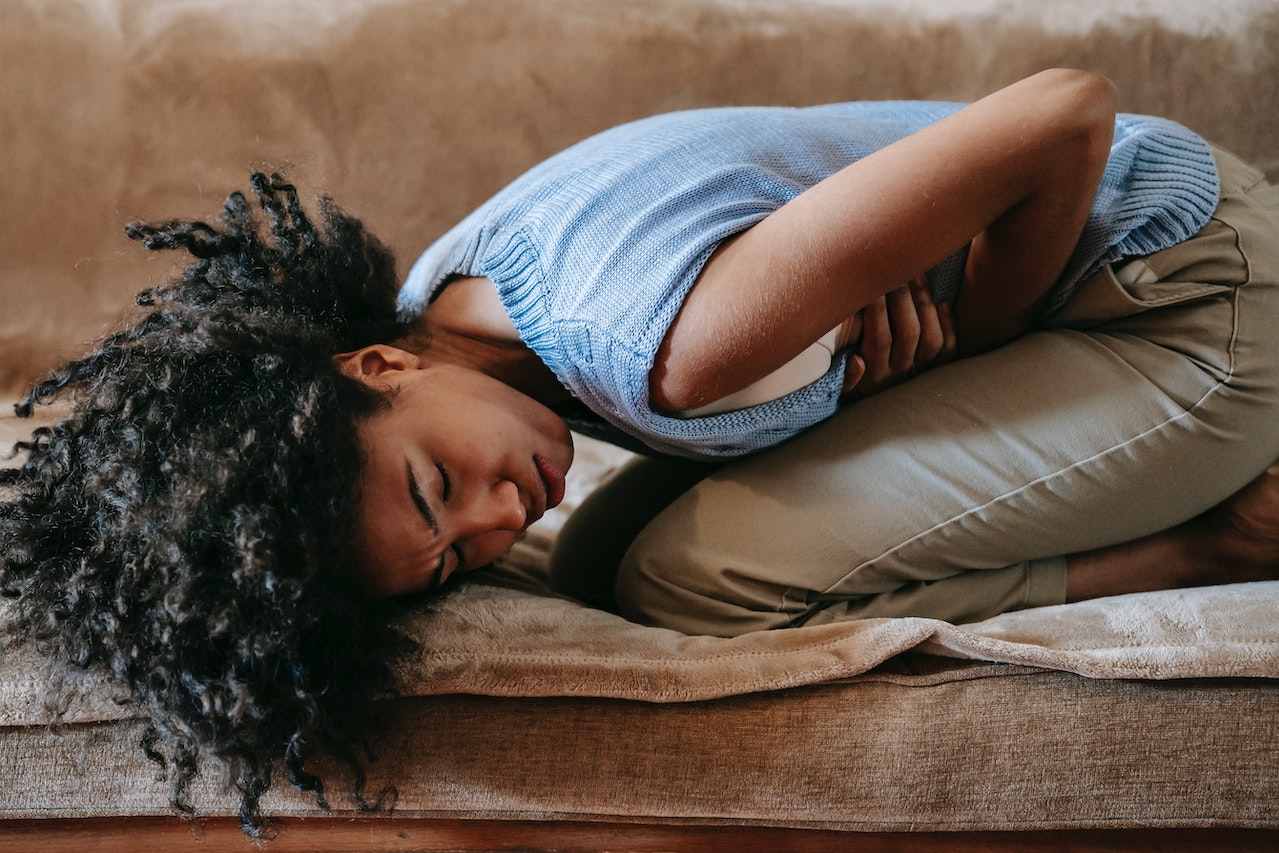10 Helpful Home Remedies to Manage Lower Back Pain
Back pain is one of the most common health problems. According to research, eight out of 10 Americans have back pain at some point in their lives, most typically in the lower back.
You may have sprained it while working in the yard or cleaning the house. Your back may also be suffering as a result of an old sports injury or a chronic condition such as arthritis or ankylosing spondylitis.
If you have sudden or severe back pain, you should consult a doctor or physical therapist. This also refers to ongoing discomfort.
While medicine can help, these simple measures can also bring relief.
1. Maintain Proper Posture
This relieves strain on your lower back. Tape, straps, or flexible bands can be used to assist maintain your spine in alignment. Maintain a centered position with your head above your pelvis. Avoid slouching your shoulders or cocking your chin forward.
Rest your arms evenly on the table or desk if you work in front of a screen, and keep your eyes level with the top of the screen. Get out of your chair, stretch, and go for a stroll on a regular basis.
2. Short Rest Period
If your back is hurting, try lying on your back on the floor and placing a pillow under your knees. Or sleep on your side with a pillow between your knees. This helps take the pressure off your lower back.
3. Keep Moving
Exercise is one of the best things you can do for low back pain. It strengthens muscles, reduces inflammation, and helps with pain management. Try swimming, walking, or biking for 30 minutes a day. Or do some yoga or stretching exercises at home.
4. Stretch and Strengthen
Stretching and strengthening exercises can help relieve pain and prevent further injury. Try some simple back stretches and abdominal strengthening exercises. You can also do pelvic tilts or Bridges to help ease pain in your lower back and improve your range of motion.
5. Sleep with a Pillow under Your Knees
This will help take the pressure off your lower back. You can also put a pillow under your ankles to keep your legs from crossing.
6. Manipulation or Massage
These can help relieve muscle tension and pain. Your doctor or physical therapist may do this for you. Or you can see a chiropractor, osteopath, or massage therapist.
7. Over-the-Counter Pain Medications
You can take acetaminophen (Tylenol) or ibuprofen (Advil, Motrin) for pain relief. Be sure to follow the directions on the label. If you have heart disease, high blood pressure, kidney disease, or are pregnant, check with your doctor before taking these medications.
8. Increase Your Calcium and Vitamin D Intake
Calcium and vitamin D are important for bone health. They can also help reduce inflammation and pain in your back. Talk to your doctor about how much calcium and vitamin D you need. You can get calcium from milk, yogurt, and cheese. Or take a supplement. You can get vitamin D from eggs, fortified milk, and fatty fish such as tuna and salmon. You can also take a supplement.
9. Ice and Heat
You can use ice for the first 48 to 72 hours after an injury to reduce swelling. After that, use heat to ease muscle pain. Use a heating pad, hot water bottle, or electric blanket set on low. Or take a hot bath. Don’t put ice or heat directly on your skin.
10. Relax
Stress can make back pain worse. So can anxiety and depression. Try some relaxation techniques such as deep breathing or meditation.
Conclusion
If you have back pain, there are many things you can do to find relief. Try some simple home remedies and exercises to ease your pain. If your pain doesn’t go away, see your doctor.
Rhythmic Health to help you find your relief. Our mission is to help people solve their health challenges, including chronic back pain issues, and then lead ever more fulfilling lives through service as an online resource on what you can do to ease the pain.









